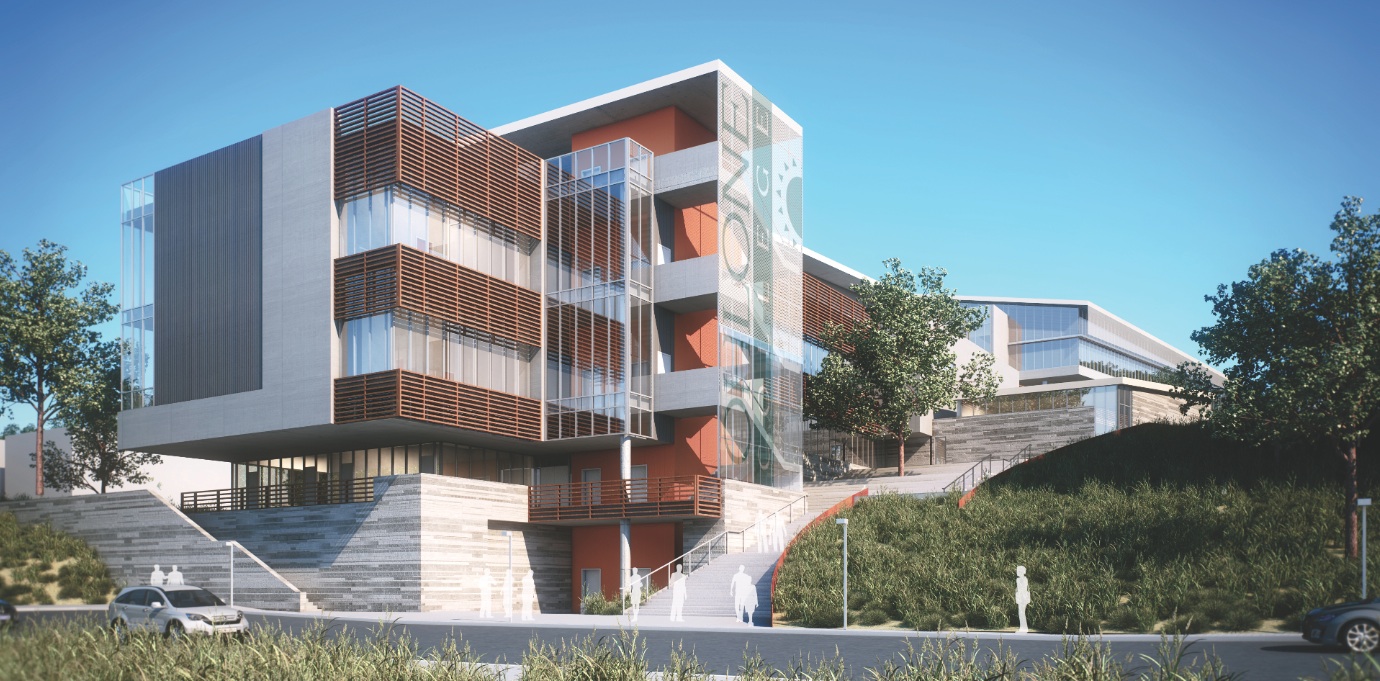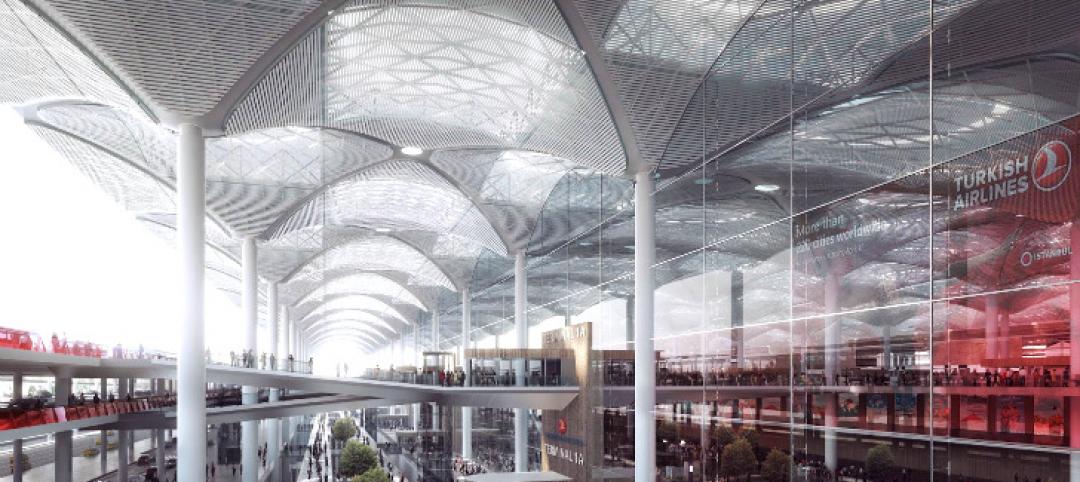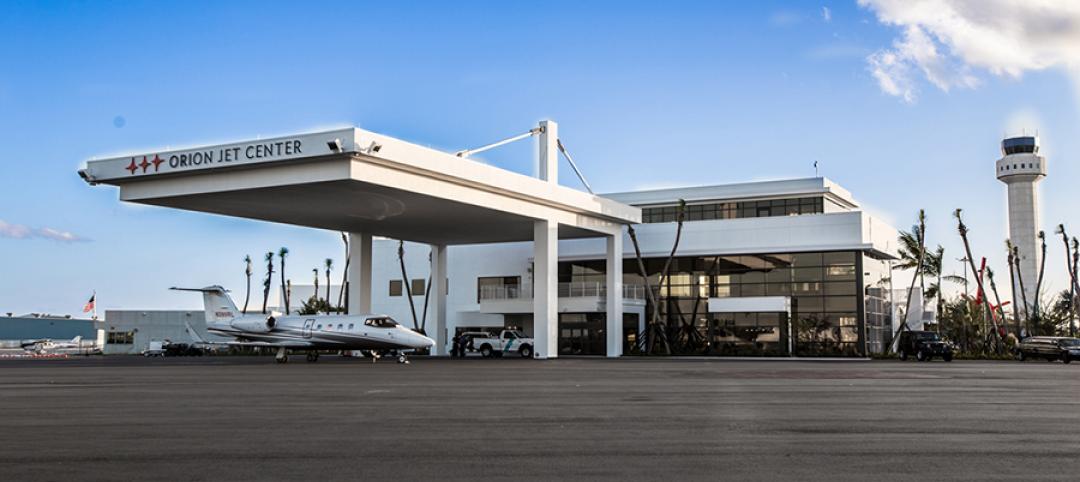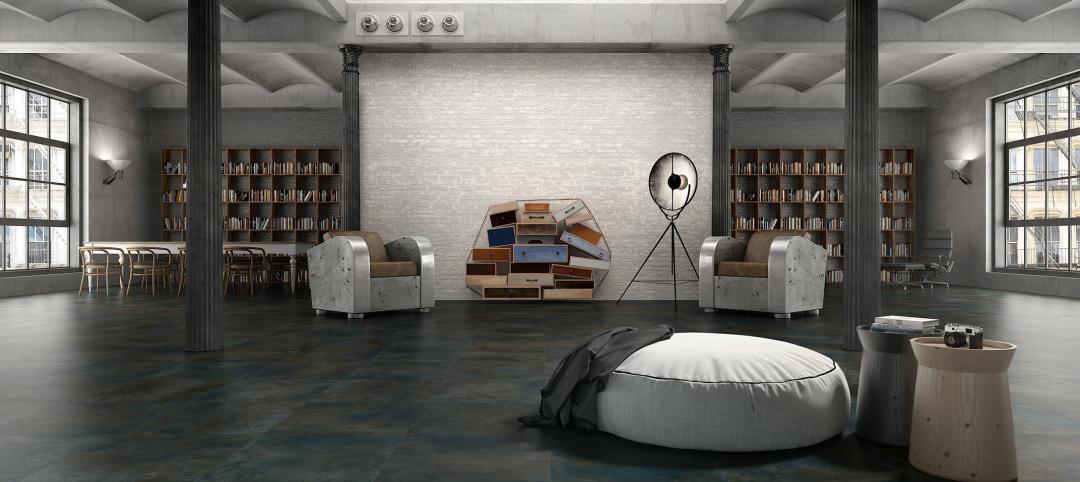This year marks the fifth anniversary of the American Institute of Architects’ effort to have architecture firms voluntarily pledge net-zero energy design for all their buildings by 2030. The AIA 2030 Commitment encourages design professionals to strategically reduce the measured energy consumption in new and existing buildings they design.
The 2030 Commitment is “an effort to get a firm’s complete body of work channeled toward carbon-neutral design,” says William D. Sturm, AIA, LEED AP, Principal at Serena Sturm Architects, Chicago, and Chair of the AIA National Committee on the Environment.
The pledge follows the 2030 Challenge issued in 2007 by Edward Mazria, FAIA, Founder and CEO of the nonprofit organization Architecture 2030, who called for the global building community to:
• Design all new buildings and major renovations to meet an energy consumption performance standard of 60% below the regional (or national) median for that building type.
• Renovate an equal amount of existing building area annually to meet an energy consumption performance standard of 60% below the regional (or national) median for that building type.
• Increase the fossil fuel reduction standard for all new buildings and major renovations in five-year increments, to reach carbon neutrality by 2030.
Last year, in its third annual 2030 Commitment progress report, the AIA called the program a roadmap for firms to transition to the ultimate goal of carbon neutrality on every project in their portfolio—not selectively targeting high performance for certain clients, or designing net-zero projects solely for clients who want it and can afford it, but achieving targeted performance goals on every project.
While there has been an increase in professional activity among medium and large firms, says Sturm, the 2030 goal may be out of reach for many smaller firms, which cite concerns over the amount of time and effort required to report on 2030 goals, as well as the lack of or access to data.
The AIA says that by the end of 2012, 241 firms had signed on to join the 2030 Commitment, with 110 of them submitting an annual progress report. These included such marquee names as CannonDesign, HOK, NBBJ, and Skidmore, Owings & Merrill, as well as midsize practices like Sturm’s own firm and Kaplan Thompson Architects, Portland, Maine.
A more recent summary on preliminary data from 2013 reporting presented at the AIA National Convention this past June showed 275 firms participating in the pledge; 79 of these had submitted data for 2013 on a total of more than 1.6 billion sf of work, reported Nootan Bharani, AIA, LEED AP BD+C, CEM, Lead Design Manager at the University of Chicago’s Place Lab, and Steve Kismohr, AIA, Senior Technical Manager at the Midwest Energy Efficiency Alliance.
The average predicted energy use intensity (EUI) reduction for 2013 from the 79 reporting firms was 34%, a slight increase from the average prediction for 2012. Around 7% of the gross square footage that was reported had reached the 2030 goal of 60% EUI reduction.
Sturm says that it is important for architecture firms to be prepared as more and more legislative bodies and standards organizations call for net-zero and carbon-neutral projects. Earlier this year California began implementing its revised building codes known collectively as Title 24, which call for all new residential and commercial construction in the state to achieve net-zero status by 2030.
Individual cities and institutions of higher learning have also embarked on 2030-type initiatives. The Royal Architectural Institute of Canada has issued a pledge to reduce greenhouse gas emissions in building construction and operation 70% by 2015, 80% by 2020, and 90% by 2025, to arrive at carbon neutrality by 2030.
William Leddy, FAIA, LEED AP, Founding Partner of Leddy Matum Stacy Architects in San Francisco and an Advisory Member of the AIA National Committee on the Environment, says “it just makes good business sense” for the architecture community to prepare for what he calls the “coming new realities” of the profession in the 21st century.
Related Stories
| May 11, 2014
Final call for entries: 2014 Giants 300 survey
BD+C's 2014 Giants 300 survey forms are due Wednesday, May 21. Survey results will be published in our July 2014 issue. The annual Giants 300 Report ranks the top AEC firms in commercial construction, by revenue.
| Apr 29, 2014
USGBC launches real-time green building data dashboard
The online data visualization resource highlights green building data for each state and Washington, D.C.
| Apr 22, 2014
Bright and bustling: Grimshaw reveals plans for the Istanbul Grand Airport [slideshow]
In partnership with the Nordic Office of Architecture and Haptic Architects, Grimshaw Architects has revealed its plans for the terminal of what will be one of the world's busiest airports. The terminal is expected to serve 150 million passengers per year.
| Apr 9, 2014
Steel decks: 11 tips for their proper use | BD+C
Building Teams have been using steel decks with proven success for 75 years. Building Design+Construction consulted with technical experts from the Steel Deck Institute and the deck manufacturing industry for their advice on how best to use steel decking.
| Apr 4, 2014
$25 million Orion Jet Center designed by SchenkelShultz now open
As the centerpiece of the 45-acre campus, which is its first phase of a planned 215-acre mixed-use development, the 18,000 square foot executive terminal facility offers spacious passenger areas, administrative space, an executive suite, rental car kiosk, catering and a cafe.
| Apr 2, 2014
8 tips for avoiding thermal bridges in window applications
Aligning thermal breaks and applying air barriers are among the top design and installation tricks recommended by building enclosure experts.
| Mar 26, 2014
Callison launches sustainable design tool with 84 proven strategies
Hybrid ventilation, nighttime cooling, and fuel cell technology are among the dozens of sustainable design techniques profiled by Callison on its new website, Matrix.Callison.com.
| Mar 20, 2014
Common EIFS failures, and how to prevent them
Poor workmanship, impact damage, building movement, and incompatible or unsound substrate are among the major culprits of EIFS problems.
| Mar 12, 2014
14 new ideas for doors and door hardware
From a high-tech classroom lockdown system to an impact-resistant wide-stile door line, BD+C editors present a collection of door and door hardware innovations.
| Mar 5, 2014
5 tile design trends for 2014
Beveled, geometric, and high-tech patterns are among the hot ceramic tile trends, say tile design experts.


















